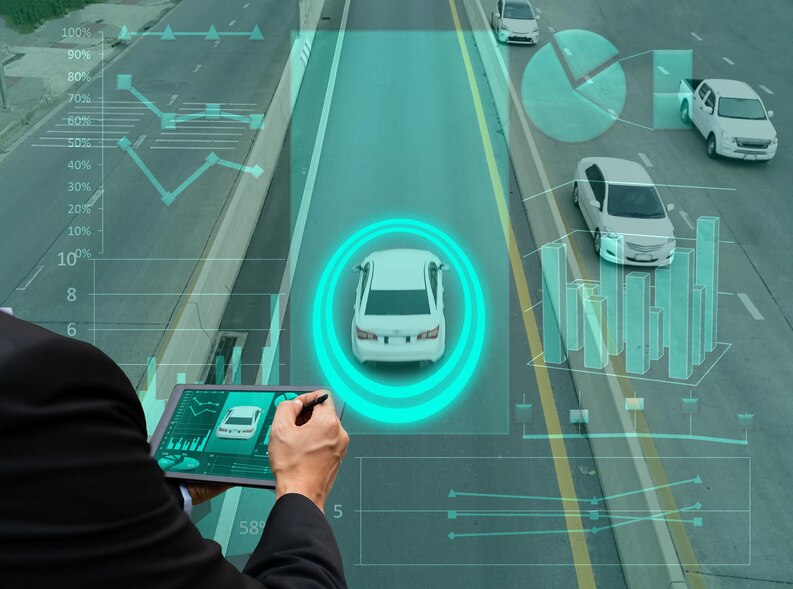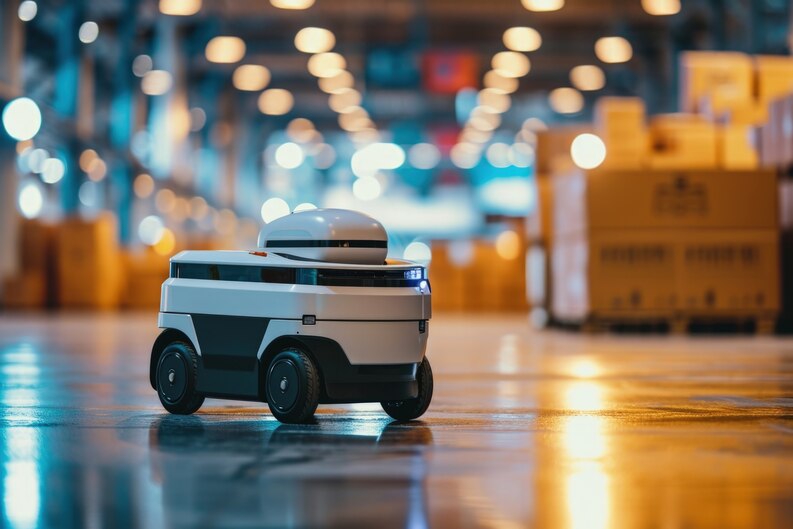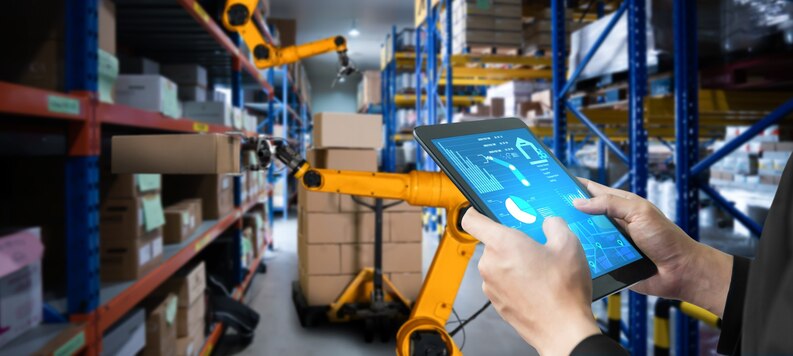Heavy load transportation involves the movement of large and bulky goods, often weighing several tons. The use of smart robots in this field has revolutionized the industry by enhancing workplace safety, improving efficiency, and reducing the risk of accidents. In this article, we will explore the latest trends in heavy load transportation robotics and how they contribute to workplace safety.
Autonomous Vehicles for Heavy Load Transportation
Autonomous vehicles, also known as self-driving vehicles, have emerged as a game-changer in heavy load transportation. These vehicles are equipped with advanced sensors, artificial intelligence, and machine learning algorithms that enable them to navigate through complex environments and transport heavy loads with precision and safety.
By eliminating the need for human drivers, autonomous vehicles reduce the risk of human errors and fatigue-related accidents. These vehicles can also operate 24/7, ensuring continuous productivity and minimizing downtime. Additionally, autonomous vehicles are designed to comply with strict safety regulations and standards, making them an ideal solution for heavy load transportation.
Collision Avoidance Systems
Collision avoidance systems are becoming increasingly prevalent in heavy load transportation robotics. These systems utilize a combination of sensors, cameras, and advanced algorithms to detect obstacles and potential collisions in real-time. When a potential collision is detected, the system can automatically apply brakes, adjust the vehicle’s speed, or even change its path to avoid accidents.
These systems greatly enhance workplace safety by reducing the risk of collisions, especially in environments with limited visibility or tight spaces. By providing real-time alerts and taking proactive measures to prevent accidents, collision avoidance systems ensure the safety of both workers and the transported goods.
Robotic Exoskeletons for Workers
Heavy load transportation often requires workers to handle and move bulky objects, which can put a strain on their bodies and increase the risk of injuries. Robotic exoskeletons are wearable devices that provide physical support and assistance to workers, reducing the strain on their muscles and joints.
These exoskeletons are designed to enhance the strength and endurance of workers, allowing them to lift and carry heavy loads with ease. By reducing the physical burden on workers, robotic exoskeletons minimize the risk of musculoskeletal injuries and improve overall workplace safety.
Real-Time Monitoring and Analytics
Real-time monitoring and analytics play a crucial role in ensuring workplace safety in heavy load transportation. Advanced robotics systems are equipped with sensors and monitoring devices that continuously collect data on various parameters, such as load weight, stability, and operating conditions.
This real-time data is then analyzed using advanced analytics algorithms to identify potential safety risks and anomalies. By detecting issues or deviations from normal operating conditions, real-time monitoring systems can trigger alerts, enabling immediate corrective actions to be taken. This proactive approach to safety significantly reduces the likelihood of accidents and ensures the well-being of workers and the integrity of the transported goods.
Remote Operation and Control
Remote operation and control capabilities are gaining traction in heavy load transportation robotics. These technologies allow operators to control and monitor robotic systems from a safe distance, away from potential hazards. Remote operation systems utilize high-speed data communication, low-latency connections, and advanced control interfaces to provide real-time control and feedback.
By enabling operators to control heavy load transportation robots remotely, these technologies eliminate the need for operators to be physically present in hazardous environments. This significantly reduces the risk of accidents and injuries, while still allowing for precise control and monitoring of the transportation process.
Conclusion
The latest trends in heavy load transportation robotics demonstrate a clear focus on enhancing workplace safety. Autonomous vehicles, collision avoidance systems, robotic exoskeletons, real-time monitoring and analytics, and remote operation and control technologies are transforming the industry by reducing the risk of accidents, improving efficiency, and ensuring the well-being of workers.
As the field of heavy load transportation robotics continues to evolve, it is crucial for industry professionals to stay updated on the latest trends and advancements. By embracing these innovations and implementing them in their operations, companies can create safer work environments, increase productivity, and maintain a competitive edge in the ever-changing landscape of heavy load transportation.




